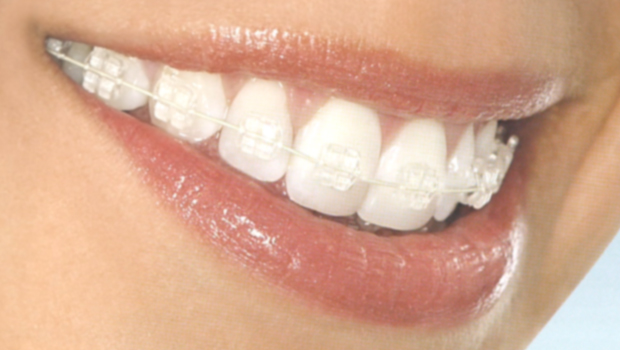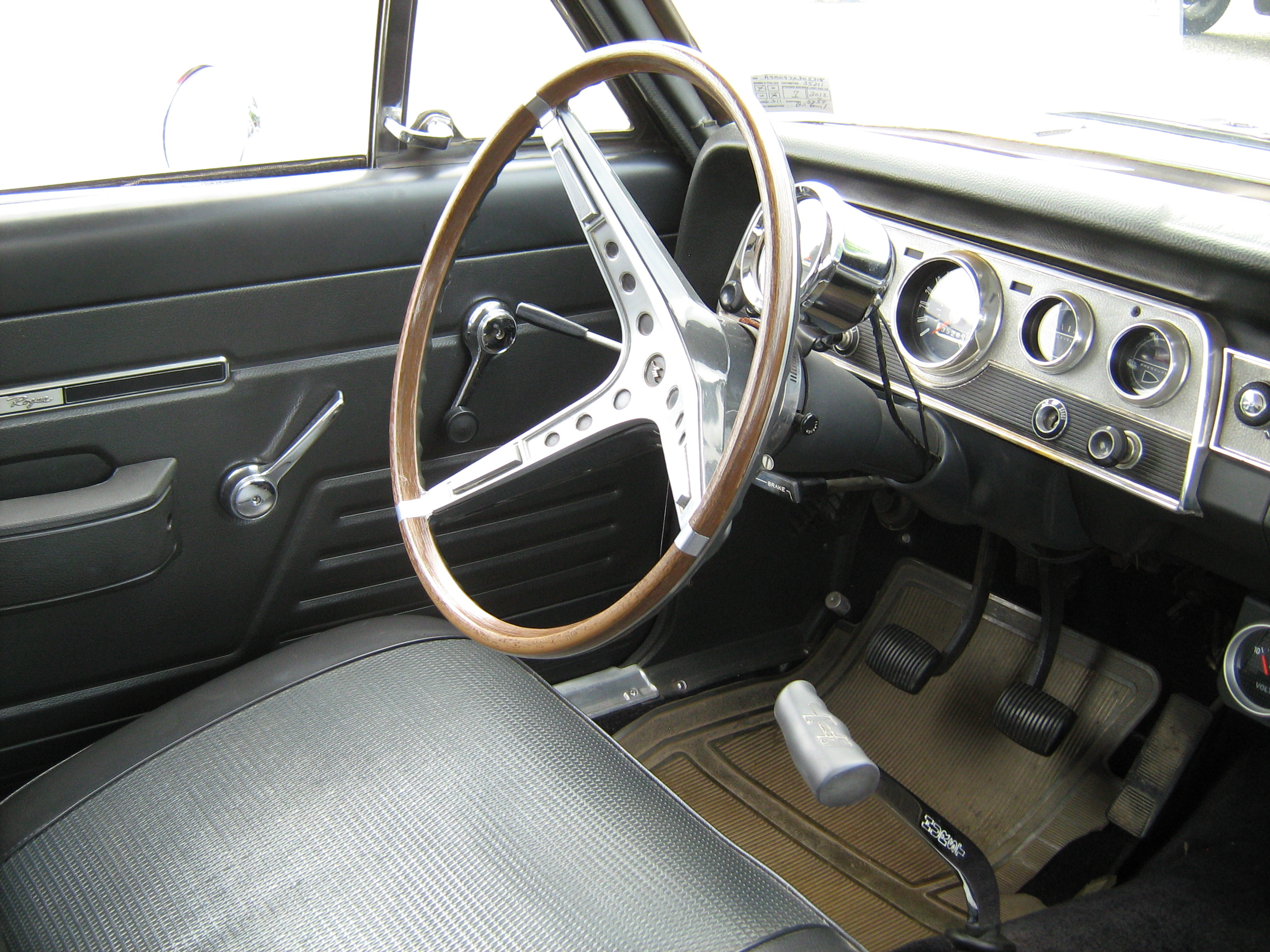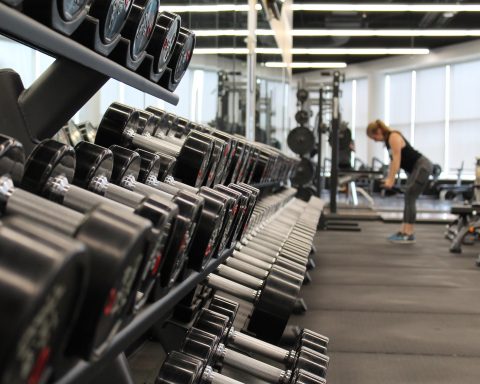Each year many Americans experience at least one type of dental braces. Just a few decades ago, the varying of types of braces were pretty much limited to just one kind. These days, with the aid of modern technology, new and improved ways of straightening teeth have been created and brought into the world of orthodontics. Even though some are much more expensive than traditional metal braces, they can be much more aesthetically pleasing. If you or a family member knows that you will need braces sometime in the future, here are a few options for getting that done.
Traditional Metal Braces
The traditional metal braces are the most common and most recognized kind of braces. They are the least expensive kind on the market and function with the use of stainless steel brackets and rubber bands. When they first get put on a person they can cause some irritation and soreness in the mouth, but over time they are very affective. The metal brackets are glued on to the individual teeth and held together by a metal wire, which is then held in place by little rubber bands. Frequent visits to the orthodontist are necessary for adjustments, and patients with these braces need to be careful about what they eat. Consuming sticky or hard food can cause some of the brackets to become unglued.

Ceramic Braces
Ceramic braces are a more costly version of the traditional braces and designed to not make the braces themselves be quite so obvious. Instead of the metal stainless steel brackets, this type of braces is ceramic and is meant to blend in with your teeth. The ceramic parts are more sensitive, though, and if the patient isn’t careful they could potentially chip or break them. They still use the wire and rubber bands to reshape the mouth accordingly. One of the downfalls of ceramic braces is that the rubber band ties can be visually affected if you eat foods that typically stain teeth such as coffee. However, with every visit to the orthodontist these ties do get changed out. The ceramic brackets themselves should never stain.
Lingual Braces
Lingual braces cost more than the traditional metal or ceramic braces, and are actually unique because they function in the back of the teeth instead of in the front. They are customized to stay out of sight and are rather complicated to get installed because it is a much tougher process. They are beneficial in that you get to use the strong metal material to straighten your teeth, however they do not work too well on small teeth, and can cause you to have difficulty speaking if you don’t retrain yourself to talk differently. It really just depends on how your mouth is and how much your teeth need correcting.
Invisible Braces
The most expensive type of braces on the market is the invisible braces. In some ways, these braces act as an extra strong retainer so they aren’t really designed for people with major problems. In addition to that, they are removable for eating and brushing teeth, which can lead to people not using them the way they need to. If you choose to get invisible braces over any other kind, it is essential that you keep them inside your mouth at least 20 to 22 hours per day. They are also made of hard plastic and can be easily misplaced or broken, which would put a stint in your correction. However, they don’t require as many trips to the orthodontist either, as the doctor gives a new set with adjustments to you every few weeks.
Bio: Written by Dr. Darren Wittenberger, the best orthodontist Columbia MO has to offer, and owner of his own practice, Advance Orthodontics. Dr. Wittenberger enjoys sharing his expertise to ensure people can maintain the healthiest, straightest teeth possible!








